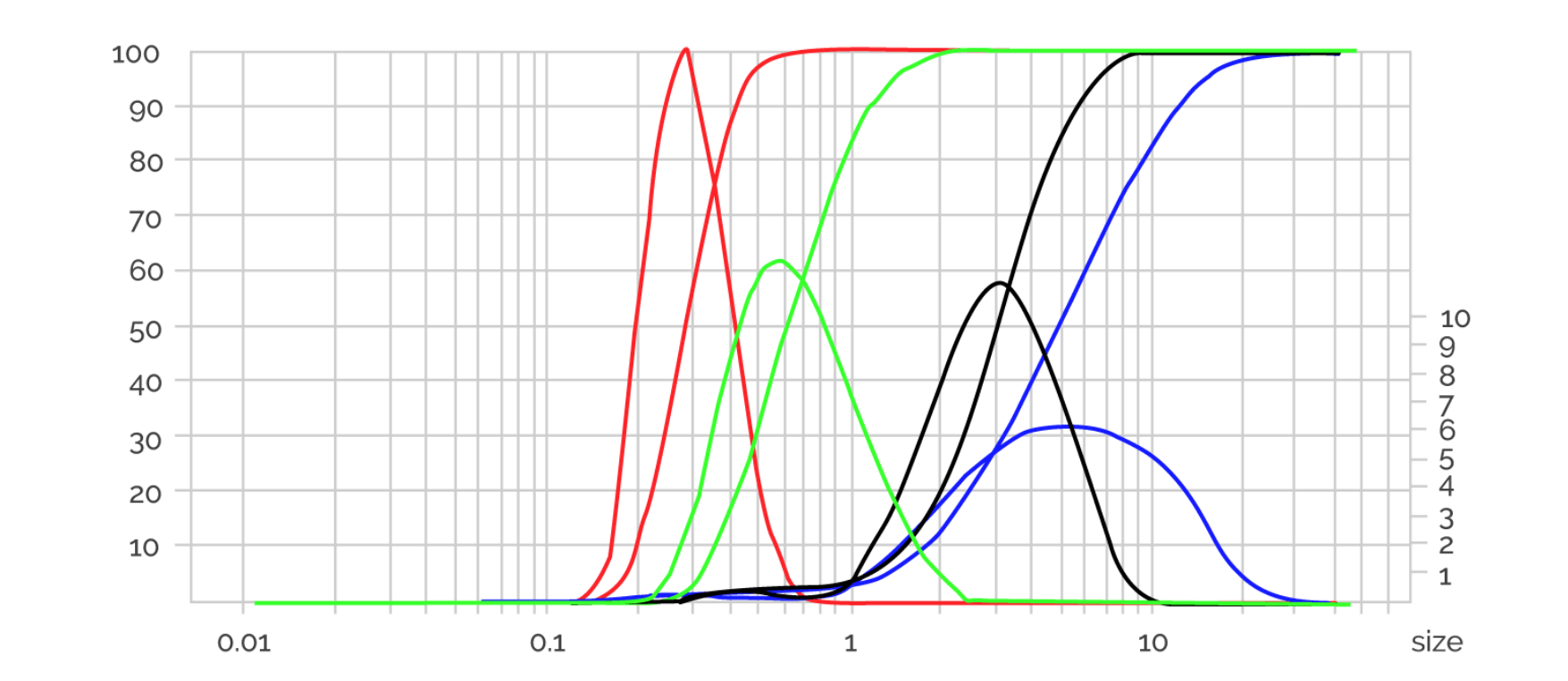Inco’s range of products includes colouring oxides suitable both for glazes and the production of inks.
In fact, Inco was born over thirty years ago as an inorganic pigments producer and developed important competences that make it possible to offer clients modern products, which are customised on the basis of each client’s needs.
Inco Industria Colori boasts modern inorganic inks plants located in Italy, India and Russia, consisting of:
Inco produces a wide range of oxide colours, including:
… and many others.
| Colour | Description | Classification | Chemical composition |
| Yellow | Zircon | Zr-Si-Pr | |
| Turquoise | Zircon | Zr-Si-V | |
| Coral pink | Zircon | Fe-Si-Zr | |
| Selenium red | Zircon | Cd-S-Se (Zr-Si) | |
| Cadmium yellow | Zircon | Cd-S (Zr-Si) | |
| Blue | Olivine | Co-Si | |
| Cyan | Spinel | Co-Al | |
| Peacock blue | Spinel | Co-Cr-Al | |
| Black | Spinel | Co-Cr-Fe-Mn | |
| Black | Spinel | Co-Cr-Fe-Mn-Ni | |
| Grey | Rutile | Sn-Sb | |
| Pink | Sphene | Cr-Sn | |
| Beige | Spinel | Fe-Cr-Al-Zn | |
| Red Brown | Spinel | Fe-Cr-Zn | |
| Dark Brown | Spinel | Fe-Cr-Zn-Ni | |
| Grass green | Corundum | Cr-Al | |
| Petrol green | Spinel | Cr-Co |
Many others because Inco has always been known to its clients for the Taylor Made concept, indeed, like tailors do, coloured oxides are custom-made for every single client starting from the main oxides.
Thanks to pilot plants, products are manufactured and tested in the technical conditions of clients (glazes, temperatures, firing cycles) in order to guarantee quality and constancy over time. This way a wide colour gamut is covered with the boast of having achieved the great 3000 shades goal!
Oxide colours by Inco stand out for their high quality:
In addition, Inco proposes series of oxide colours with different particle size distributions for ink production in order to fulfill the needs of both expert ink producers and who wants to approach that successfully with limited investments.

Key:
It is possible to produce inks starting from each pigment included in this series. Starting from pigments from the Quick series, which have a particle size distribution very close to the one of an ink, will be undoubtedly technically easier to obtain high quality inks. Moreover, starting from pigments from the Quick series, the production of inks will require very limited investments since the grinding time will be limited itself and this will result in a definitely higher production capacity, depending on the plant.